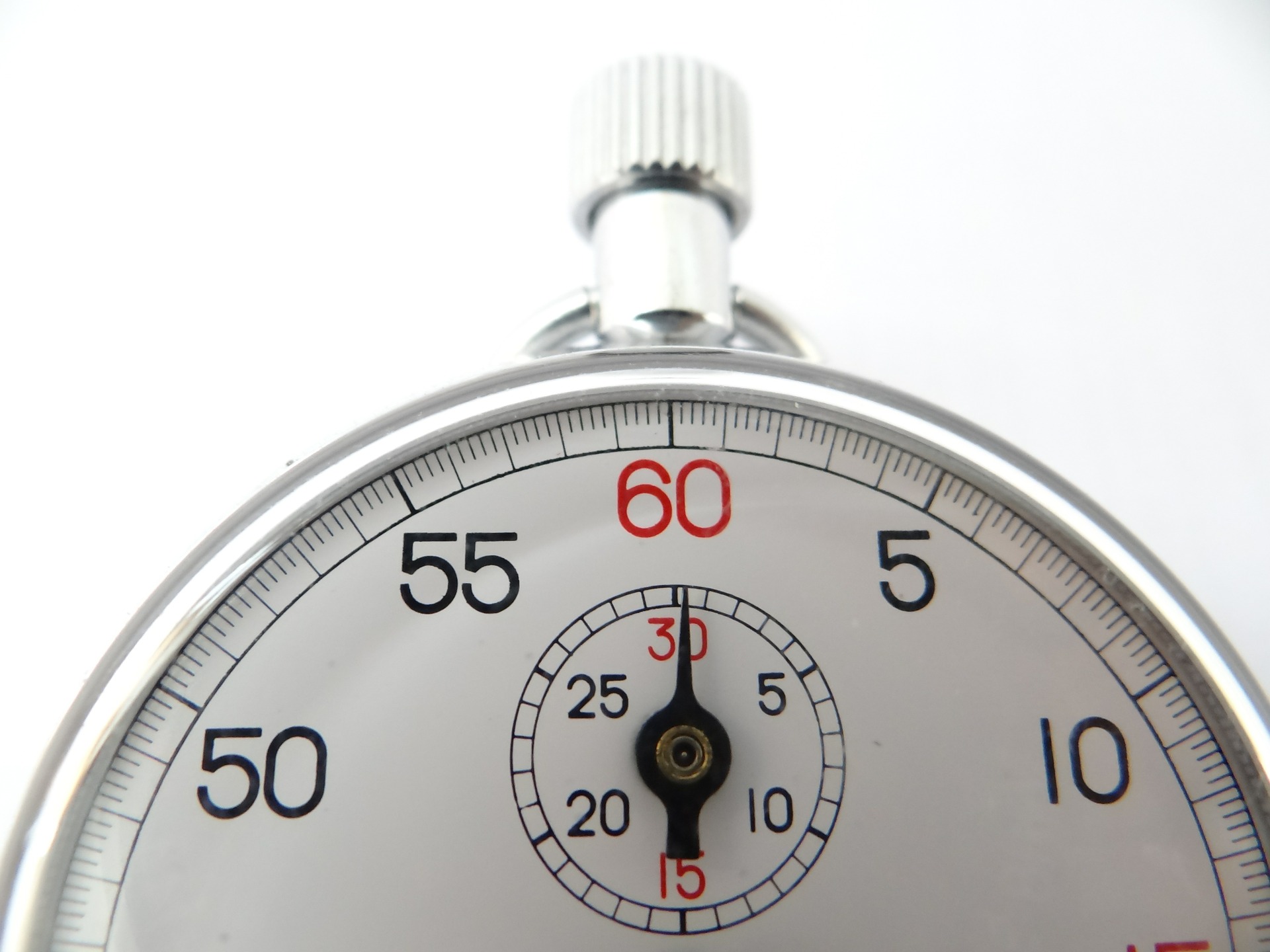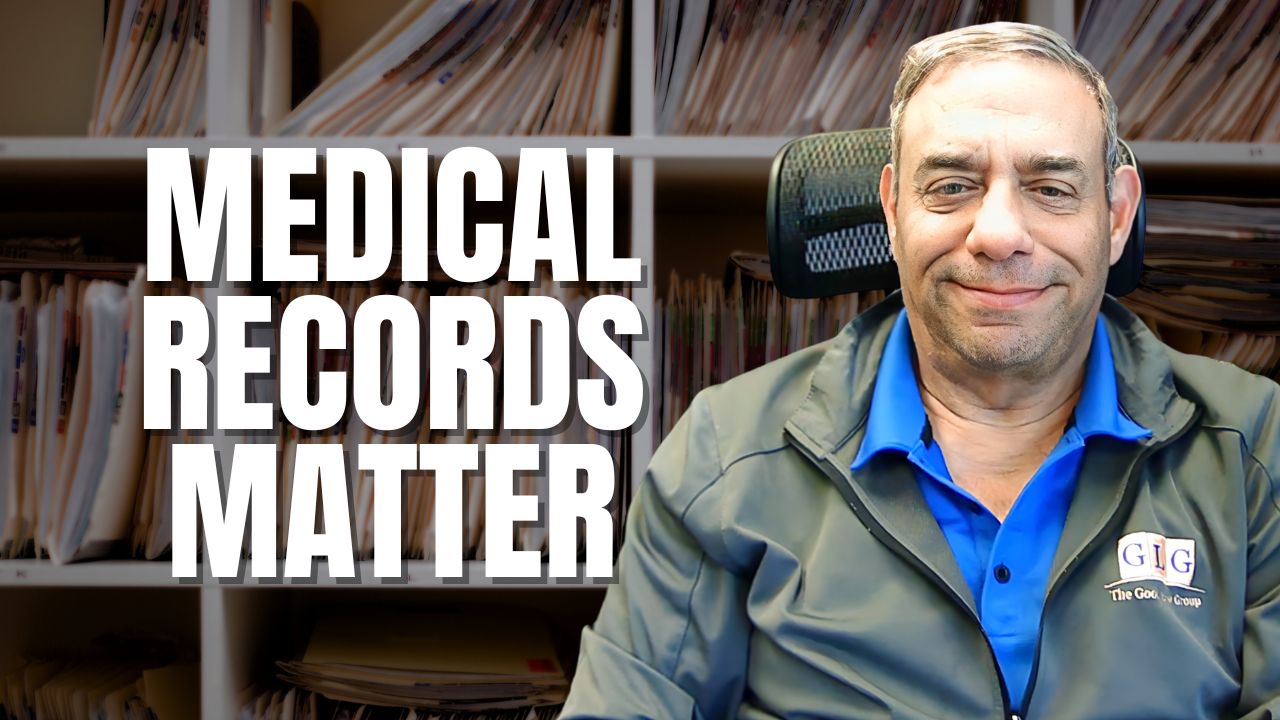Quick Disability Determination is a tool the Social Security Administration uses to spot claims that are particularly likely to succeed. These claims go through a special review process designed to be quicker than normal. You can’t specifically apply for Quick Disability Determination: it’s simply an automatic part of the wider approval process.
How does Quick Disability Determination work?
All claims for Social Security Disability begin with an automated assessment where a computer program analyses your electronic file. It looks for factors that indicate a high probability that you’ll be classed as disabled.
If the computer program doesn’t find the necessary mix of factors, your claim proceeds as normal and will require a medical consultant to review your file. If the program does find the necessary mix of factors, your application goes straight to a specialist’s Quick Disability Determination unit. Here an examiner reviews your case and decides whether to approve it. If so, you can get the approval as early as two to three weeks after applying.
What are the necessary qualifying factors for SSD?
The precise criteria is regularly reviewed and updated and aren’t publicly detailed. In general terms, it involves looking for keywords that match qualifying conditions, along with the weight of evidence in the electronic file to support the claim. It also takes into account whether it’s administratively possible to assess the relevant conditions without a medical examiner.
What if the examiner rejects your SSD claim?
The examiner at the Quick Disability Determination unit can’t reject the claim itself. Instead, if they don’t approve it, the claim goes to a medical consultant for review.
If the medical consultant recommends the claim be approved, the Quick Disability Determination unit will take another look and decide either to approve it after all or send it back to the standard determination process. This means the Disability Determination Service for your state assesses the case, which is usually a slower process. Only the Disability Determination Service can make a final decision to reject a claim.
The Quick Disability Determination unit will also return the case to the standard determination process if it decides your claim is valid but it disagrees with your claimed onset date. (That’s the date when the condition began.)
The Quick Disability Determination unit may also return the case if it agrees with your claimed onset date, but this date is already several months ago. That’s one reason that it’s best to apply as quickly as possible once you think you need Social Security Disability.
When do I start getting payments for SSD Benefits?
It’s important you understand that the Quick Disability Determination process only brings forward the point where your claim is approved. It doesn’t affect when you start receiving payments, which usually can’t be earlier than five months after your onset date.
If you’re applying for Supplemental Security Income rather than Social Security Disability benefits, you may be able to get payments while your claim is still being assessed. This is called a presumptive disability and applies where the examiners have confirmed you have a specific condition but haven’t yet formally confirmed this condition stops you working.
Is QDD the only way to speed up a claim?
The SSA has two other programs that can speed up the claims process.
Compassionate Allowance takes effect if you are applying based on a specific condition on a Social Security Administration list. The application goes through the standard determination process, including the medical consultant review, but will take priority over other cases.
Terminal Illness works in a similar way for applications based on a condition with a terminal diagnosis. Again it’s the standard determination process but with priority over other applications.
With both Compassionate Allowance and Terminal Illness, it’s common to get a final decision within 30 days.
What do I need to do to improve my chances of getting approved for SSD benefits quickly?
You can’t actively request that your case goes through Quick Disability Determination or receives either Compassionate Allowance or Terminal Illness status. However, you can dramatically increase your chances by getting expert advice on preparing your application so that it contains the correct detail to automatically trigger Quick Disability Determination or get manually flagged for Compassionate Allowance or Terminal Illness. Often this can be as simple as using specific wording or making sure to include a relevant detail or supporting evidence.
To make sure you have the best shot of getting the benefits you deserve without unnecessary delay, contact us today and we’ll be happy to talk through your case.









